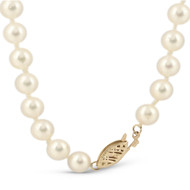Your Ultimate Guide to Buying Pearl Jewelry
Feb 10, 2023
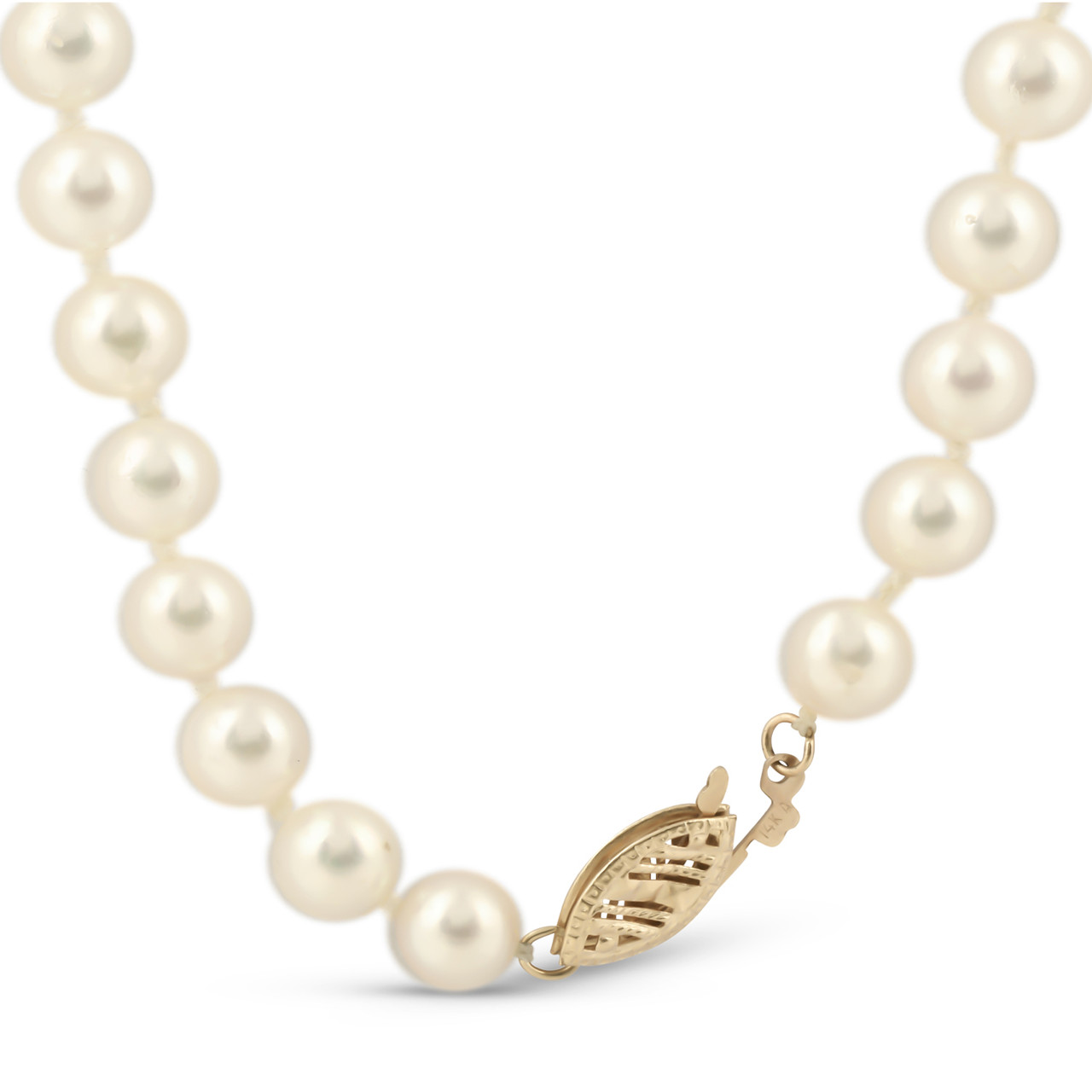
Fine pearls are often misunderstood, niche gemstones that even professional jewelers struggle to identify and master. If you love pearl jewelry and you want to make sure you’re getting high-quality pieces, our expert pearl guide can help! Before you start buying pearls, review our comprehensive exploration of pearl types and quality markers to make more informed decisions on your next shopping trip!
Types of Pearls
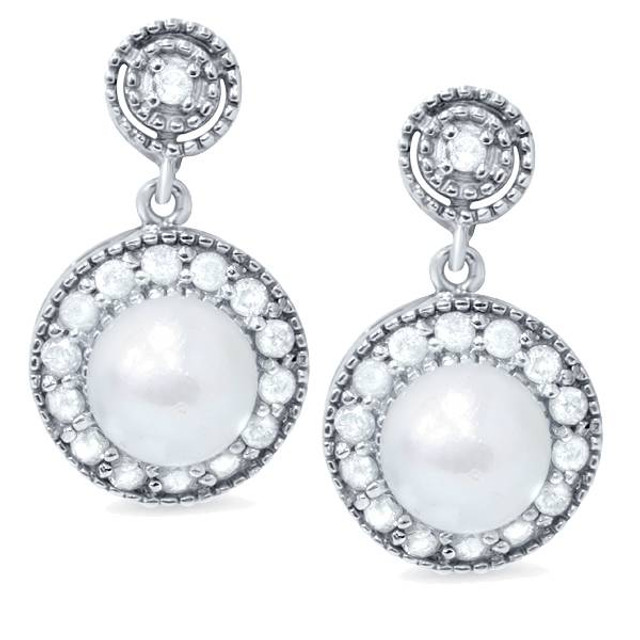
There are four main types of pearls that most reputable jewelry stores have to offer, including Akoya, freshwater, Tahitian, and South Sea. Learn more about each one before deciding which is right for you.
Akoya Pearls
These types of pearls are the most common saltwater pearl you’ll see in Western markets. When you see the classic white or cream-colored pearl in strand necklaces or drop earrings, these are typically Akoya. Akoya pearls generally come from China and Japan.
Freshwater Pearls
The most popular pearl for jewelry, freshwater pearls are so common because of their versatility and price point. They come in a vast array of colors, shapes, and sizes, making them easy to match and use in nearly any design. Most freshwater pearls come from China.
Tahitian Pearls
Anyone buying pearls should know about the rarer Tahitian pearls from French Polynesia. These pearls are most known for their dark black, grey, or brown hues that come with blue, green, or purple overtones.
South Sea Pearls
Another type of saltwater pearl, South Sea pearls come from Indonesia, Australia, and the Philippines. These pearls are distinctive due to their large size and thick nacre, achieved through a long growth period. You’ll usually find them in gold, silver, and white.
Natural Vs. Cultured Pearls
When you’re buying pearls, you may want to ask whether the pearls in the store are natural or cultured. Natural pearls form in the mantle tissue of certain mollusks due to an irritant without human help. Cultured pearls are made with human intervention on farms where mollusks are raised and cared for.
Pearl Quality Factors
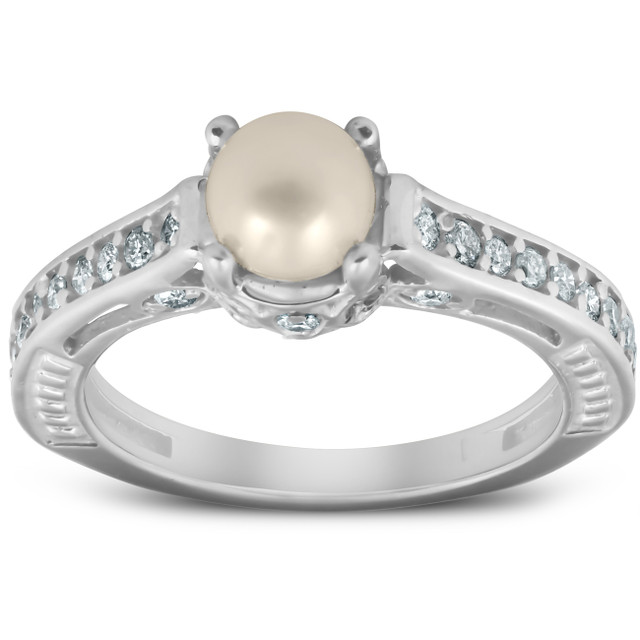
The most important factors to consider when buying pearls include shape, size, color, surface quality, luster, nacre quality, and pearl matching.
Shape
Perfectly round pearls are the most difficult to create, so these are the rarest pearl shape and the most valuable. Well-formed oval, pear, and baroque (pearls with irregular shapes) pearls are also highly prized.
Size
Like most gemstones, larger pearls are better than smaller pearls of the same type. But you may prefer smaller pearls, depending on your purchase. For example, multi-strand pearl necklaces look better with small or medium pearls.
Color
Buying pearls in cream or pink is the most popular choice because of their abundance, but pearls also come in blue, green, violet, grey, and black. There are three parts to pearl color: body color is the pearl’s dominant hue, the overtone is the translucent color that lies over the body color, and orient is the iridescent rainbow shades that form just below the pearl’s surface. Not every pearl shows overtone and/or orient — only those of the highest quality.
Surface Quality
Like any gem, pearls are never perfect. When shopping for pearl jewelry, you’re simply looking for those with as few visible flaws as possible, like scratches, misshapen areas, or irregular ridges that form wrinkles or creases.
Luster
Luster may be the most important factor to consider when buying pearls, as this quality gives a pearl its unique beauty:
- Excellent: Pearls show bright, sharp reflections
- Very Good: Reflections are bright and near sharp
- Good: Reflections are hazy around the edges
- Fair: Reflections are blurred
- Poor: Dim or no reflections
Surface characteristics can often affect the luster of a pearl, so surface quality and luster go hand in hand.
Nacre Quality
Another factor closely related to luster is nacre quality, which is whether or not the nucleus of a pearl is visible beneath the surface. Higher quality pearls have thick nacre, shielding the nucleus and creating a mirror-like surface.
Pearl Matching
While there are styles that mix and match pearl color, size, or shape, uniformity is a desirable trait in many designs. When you’re looking at pearls with multiple pieces, those where each pearl is identical offer you the best quality and durability.
Pearls at Pompeii3
With this pearl guide in hand, you can feel a lot more confident when buying pearls. And at Pompeii3, we love combining pearls with diamonds in our jewelry designs. As you browse our selection, you’ll see a variety of pearl hues and sizes in earrings, rings, and necklaces. Shop now to find the perfect pearl jewelry for your birth month, shop for gifts for loved ones, and find great deals on quality pieces!


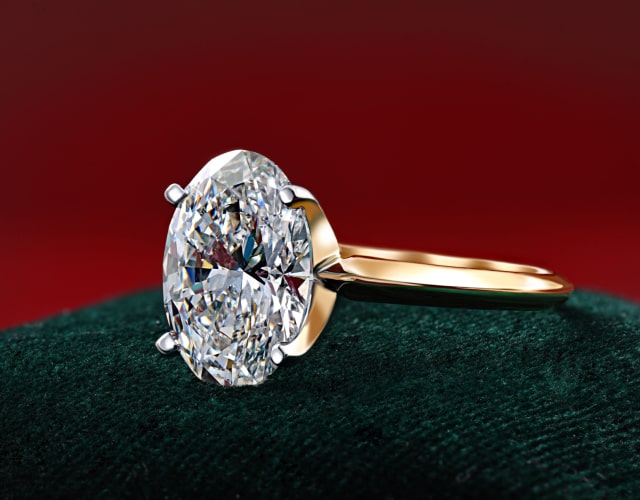 Engagement Rings
Engagement Rings
 Tungsten
Tungsten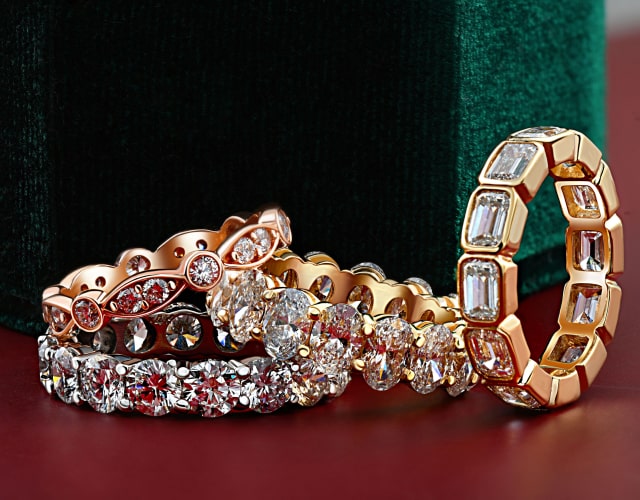 Wedding Rings
Wedding Rings
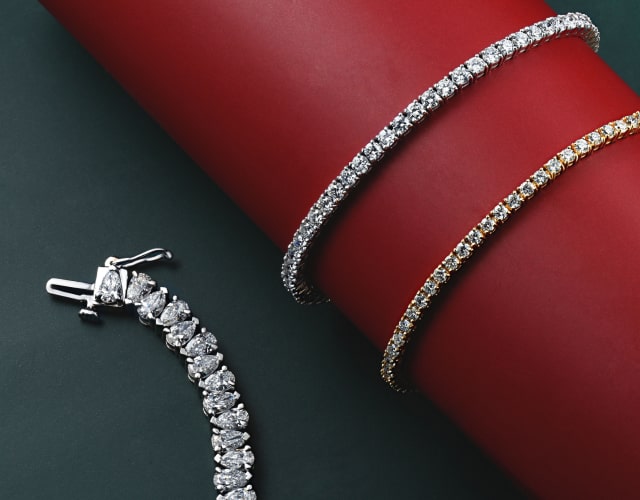 Fine Jewelry
Fine Jewelry
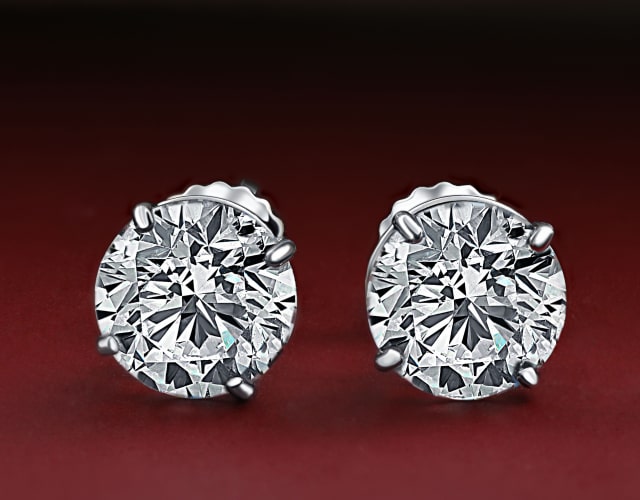 Diamond Studs
Diamond Studs
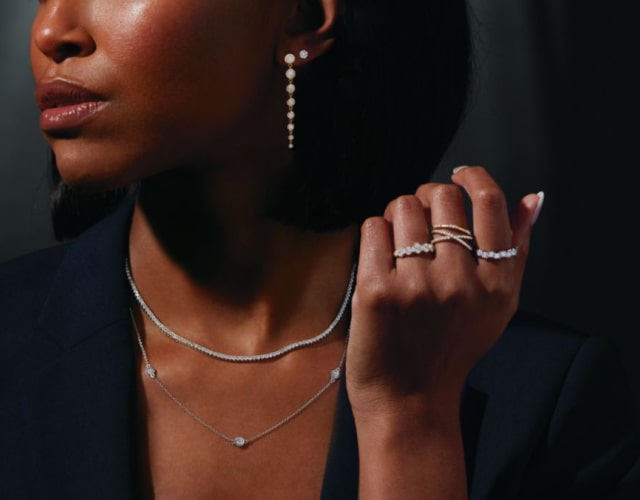 Up To 80% Off
Up To 80% Off
 Find The Perfect Gift
Find The Perfect Gift
 White Gold
White Gold